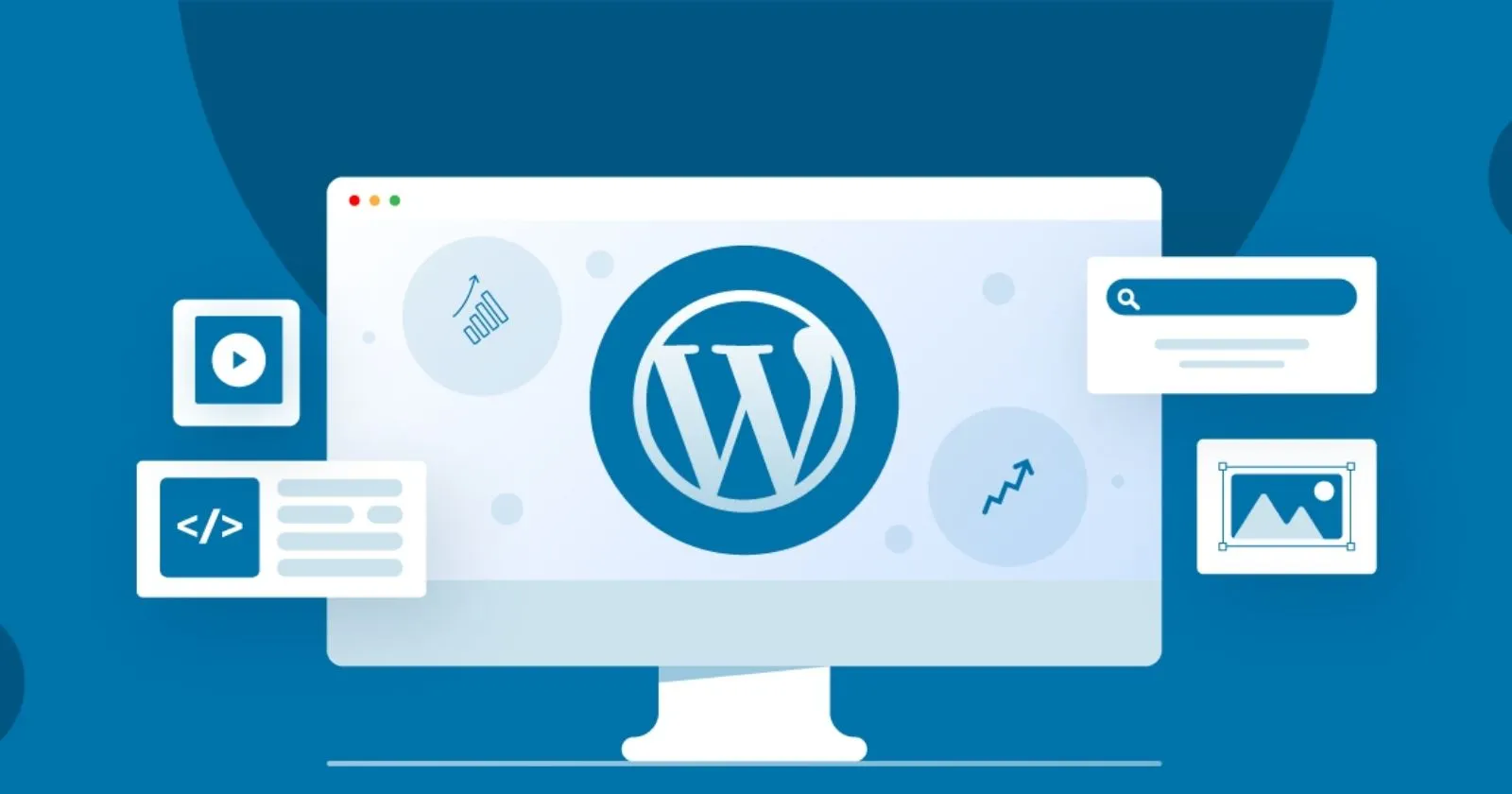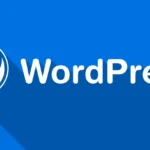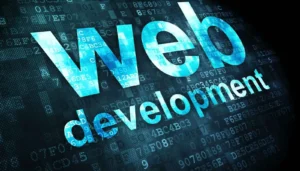WordPress Website Builder: Native Editor vs. Page Builder Plugins
Yes, absolutely! While often categorized primarily as a Content Management System (CMS), WordPress has evolved significantly and functions as a powerful and versatile website builder. Thanks to its native Block Editor (Gutenberg) and the concept of Full Site Editing (FSE), users can visually design and structure their entire website – from individual pages and posts to headers, footers, and templates – often without needing to write code. Furthermore, the WordPress ecosystem is enhanced by numerous third-party page builder plugins that offer alternative drag-and-drop interfaces. This article explores how WordPress serves as a website builder, comparing the native tools with popular plugin options.
Read also : WordPress Pricing Explained
Table of Contents
The Native WordPress Builder: Block Editor & Full Site Editing (FSE)
Since WordPress 5.0, the default content creation experience is the Block Editor (often called Gutenberg). This replaced the classic TinyMCE editor with a block-based approach.
- Block Editor: Treats every piece of content – paragraphs, headings, images, buttons, columns, etc. – as an individual “block.” Users can add, arrange, and style these blocks to build layouts visually within posts and pages.
- Full Site Editing (FSE): Introduced later, FSE extends the block concept beyond just content areas. With a compatible block theme, users can employ the Site Editor (Appearance > Editor) to visually design and modify all parts of their site, including headers, footers, sidebars, and page templates, using blocks.
Pros of the Native Builder:
- Integrated directly into WordPress core.
- Generally leads to better performance and less code bloat compared to third-party builders.
- No extra plugin costs.
- Future-proof, as it’s the direction WordPress core development is heading.
- Growing library of core blocks and block patterns.
Cons of the Native Builder:
- Can have a steeper learning curve for users accustomed to traditional page builders.
- May still lack some of the advanced design modules or granular controls found in mature page builder plugins.
- Full Site Editing requires a specific block theme.
Page Builder Plugins: Extending WordPress Building Capabilities
For users seeking different interfaces or more extensive pre-built elements, numerous page builder plugins are available. These install like any other plugin and provide alternative editing experiences, often with a focus on drag-and-drop functionality.
Popular Page Builder Plugins:
- Elementor: Extremely popular with a vast library of widgets, templates, and a large community. Offers free and pro versions.
- Beaver Builder: Known for its stability, clean code output, and developer-friendliness.
- Divi Builder: Comes bundled with the Divi theme (from Elegant Themes) but can be used separately. Offers powerful visual editing and A/B testing features.
- SeedProd: Focuses on landing pages but has evolved into a full theme and website builder.
- Spectra: A free builder focused on extending the native Block Editor with additional blocks and features, emphasizing performance.
- Others include Bricks Builder, Visual Composer, Thrive Architect, etc.
Pros of Page Builder Plugins:
- Often considered more intuitive with true drag-and-drop interfaces.
- Typically offer a wider range of complex design modules and styling options out-of-the-box.
- Large libraries of pre-designed templates for pages or entire sites.
Read also : How to Use Elementor with WordPress
Cons of Page Builder Plugins:
- Can negatively impact site performance due to added code (CSS/JS).
- Risk of “lock-in” – disabling the plugin can leave behind messy shortcodes or break layouts, making it difficult to switch builders later.
- Potential compatibility conflicts with themes or other plugins.
- Often requires a paid subscription for full functionality.
Build Your Ideal WordPress Website with WebDest
Choosing the right building approach – native Block Editor, a page builder plugin, or custom development – depends on your project’s needs and technical comfort. WebDest helps you navigate these options and builds high-performance, visually stunning WordPress websites tailored to your requirements.
Our Website Building Expertise:
- ✓ Block Editor & FSE Proficiency
- ✓ Expertise with Leading Page Builders (Elementor, Beaver Builder, etc.)
- ✓ Custom Theme & Block Development
- ✓ Performance-Focused Building Practices
- ✓ Responsive Design Implementation
Which WordPress Website Builder Option is Right for You?
- Block Editor/FSE: Ideal if you prioritize performance, want to stick with core WordPress tools, are comfortable with the block paradigm, and are using a modern block theme.
- Page Builder Plugin: Consider if you prefer a specific drag-and-drop interface, need extensive pre-built templates/modules quickly, or are already invested in a particular builder’s ecosystem. Be mindful of performance implications and potential lock-in.
Conclusion: WordPress as Your Flexible Builder
WordPress offers robust website building capabilities through its native Block Editor and the expanding power of Full Site Editing. For users seeking alternative workflows or specific features, a wide array of high-quality page builder plugins extends these possibilities further. Understanding the differences, pros, and cons of each approach allows you to make an informed decision. Whether leveraging the native tools or integrating a premium page builder, WebDest can help you utilize WordPress as an effective website builder to create a professional, functional, and engaging online presence.
Read also : Is WordPress Free? (.org Software vs .com Free Plan Explained)





